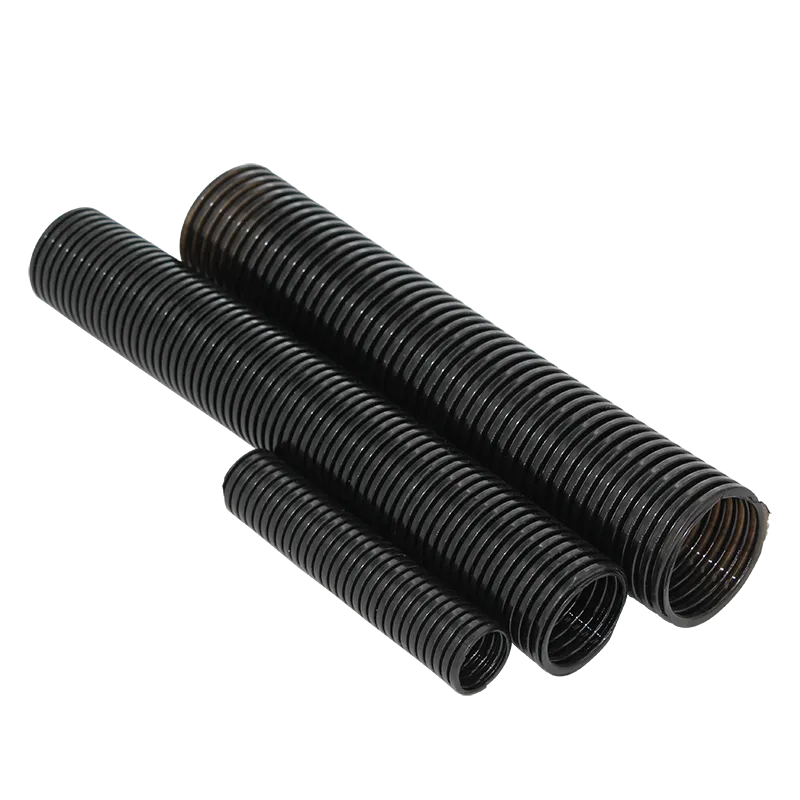Understanding the Functionality and Applications of Synchronous Belts in Machinery
Understanding Synchronous Belts A Key Component in Mechanical Systems
Synchronous belts, also known as timing belts, are a fundamental part of many mechanical systems. They play a critical role in the transfer of power between rotating shafts, ensuring precise timing and effective motion control in a wide array of applications. Understanding the nature and functionality of synchronous belts is essential for anyone involved in engineering, manufacturing, or mechanical design.
What is a Synchronous Belt?
A synchronous belt is a type of drive belt with teeth that mesh with the teeth of pulleys. This design enables the belt to maintain a fixed relationship between the rotation of the driven and driving pulley. Unlike traditional V-belts, which can slip under load or misalign, synchronous belts ensure a positive drive. This means that the motion is predictable and efficient, crucial for applications that require precise timing, such as in automotive engines or conveyor systems.
The construction of a synchronous belt typically involves a rubber outer layer reinforced with fiberglass or Kevlar cords, which provide strength and flexibility. The inner surface is designed with teeth that correspond to the grooves on the pulleys, allowing for direct engagement without slippage.
Advantages of Synchronous Belts
The advantages of using synchronous belts are numerous, making them a preferred choice in various industries
.1. Precision The most significant benefit is the belt's ability to maintain synchronization between components. In machines where timing is critical, such as in camshaft and crankshaft operations in automotive engines, synchronous belts ensure that all parts move in harmony.
synchronous belt

2. Efficiency Synchronous belts have a high power transmission efficiency, often exceeding 98%. This efficiency reduces energy costs and enhances the overall performance of the machine.
3. Durability These belts are designed to resist wear and tear, often lasting longer than traditional V-belts. Their robust construction allows them to endure harsh environmental conditions, making them suitable for both light-duty and heavy-duty applications.
4. Less Maintenance Because they do not require periodic tension adjustments like V-belts, synchronous belts generally require less maintenance. This results in less downtime for machines and reduced operational costs.
Applications of Synchronous Belts
Synchronous belts are used in a wide variety of applications across different industries. In the automotive sector, they are commonly found in engines for timing the crankshaft and camshaft to ensure optimal performance. In manufacturing, synchronous belts are integral to conveyor systems, robotics, and automated machinery, providing a reliable method for moving goods and components.
In the aerospace industry, synchronous belts play a role in various systems that require precision and reliability. They are also utilized in printing and packaging machinery, ensuring that processes run smoothly and efficiently.
Conclusion
In conclusion, synchronous belts are a vital component in many mechanical systems. Their ability to provide precise timing and efficient power transmission makes them indispensable in various industries. As technology continues to evolve, the design and materials used in synchronous belts are also advancing, enhancing their performance and expanding their applications. Understanding the role and advantages of synchronous belts can help engineers and designers optimize their systems for better efficiency and reliability. As machinery and technology evolve, synchronous belts will undoubtedly continue to be a key player in modern mechanical design and function.








